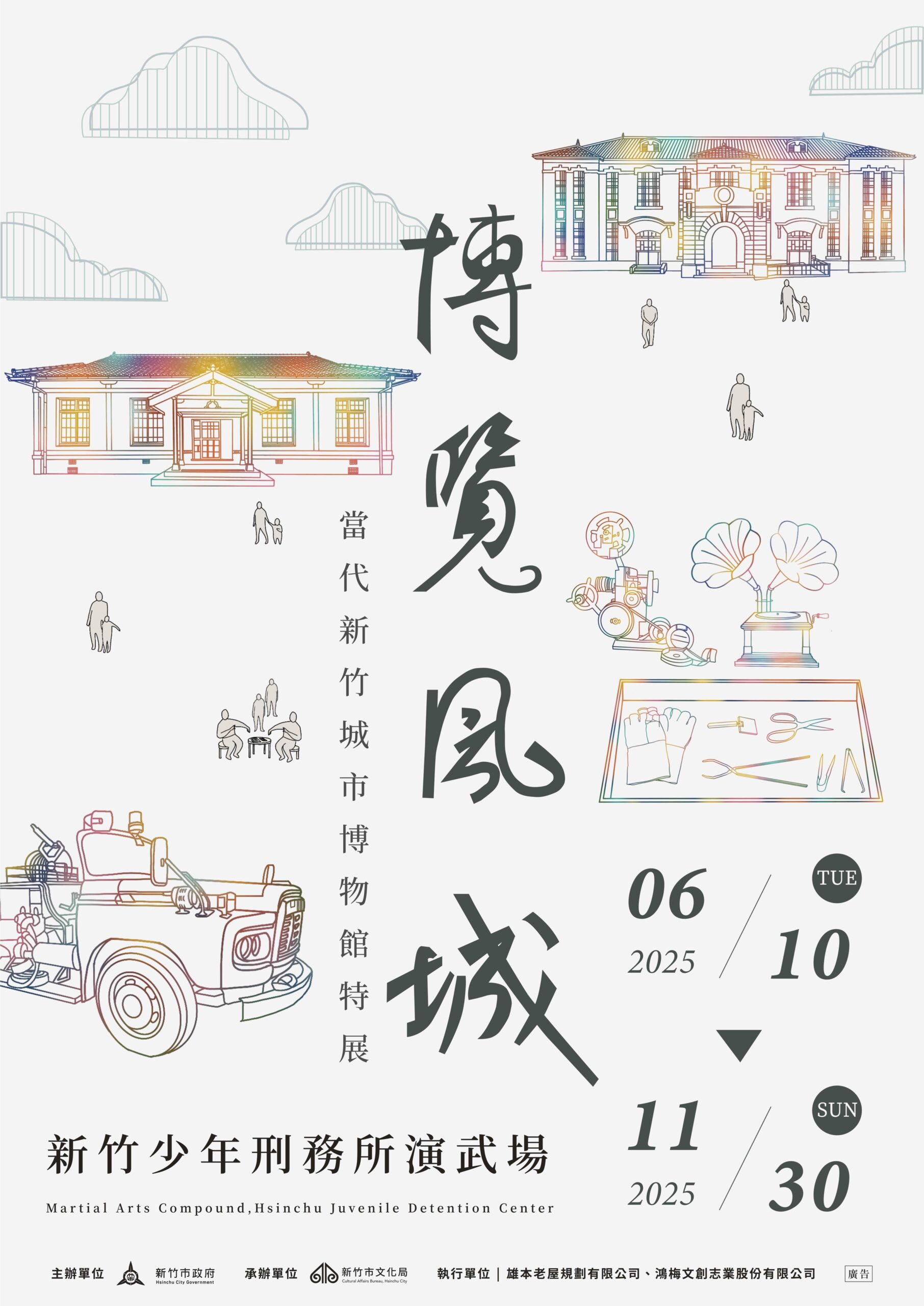A Single Tile, a Century-Old City: 6/10 ᴛᴜᴇ.”The City Wall of Learning” Opens
“Construction is like an open book, from which you can see the ambition of a city”. As architect Eero Saarinen once said, long before Hsinchu became a major technology hub, it had amassed a wealth of tangible and intangible heritage: temples, public buildings, and cultural institutions. Through their expressions of faith, culture, industry, and aesthetics, these structures are like tiles paving the city’s streets. They tell the story of a city that has been refined over 300 years, shining with an irreplaceable spirit.
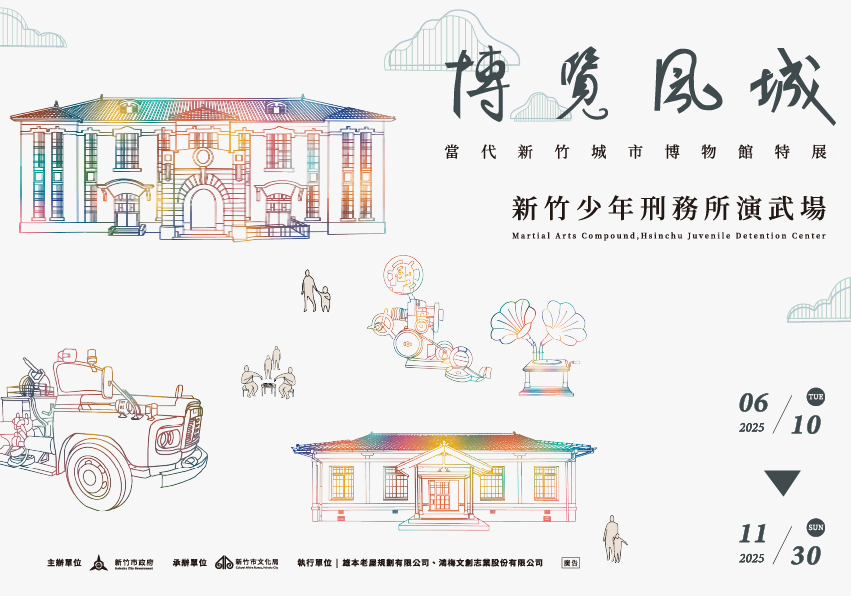
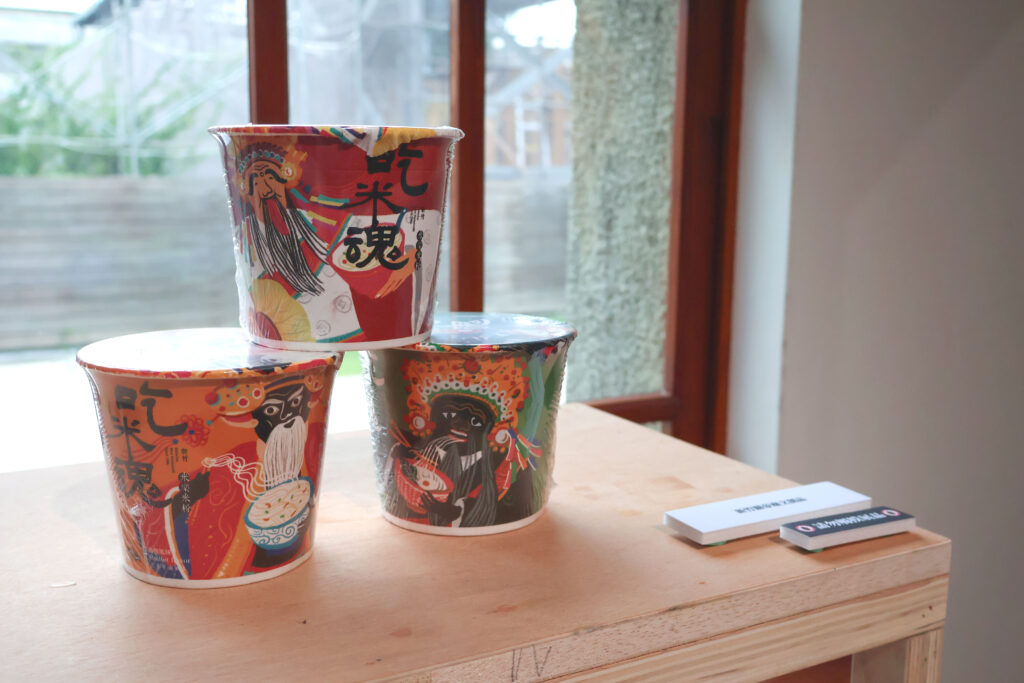
The Incense-Filled Bamboo City
In the Incense-Filled Tek-chhàm exhibition area, visitors can explore the evolving meaning of the character “Chu” over the centuries. The exhibit reveals the political and economic development mirrored by the City God Temple and the cross-strait trade evidenced by the close ties between governance and the Shuixian Temple. It also highlights the connection between the Confucian Temple and the advancement of education. These spiritual centers reflect the civic consciousness and moral fabric of an immigrant society during the Qing Rule Period, while also showing how their functions have adapted to changing societal needs. Through a display of oracle poems, calligraphy, and historical photographs from the Japanese Rule Period, the city’s progression toward modern, civilized governance is clearly illustrated in images.
Strategic Military Dependents’ Village to New Spring Wind
The exhibition titled From Strategic Military Dependents’ Village to Spring Wind Village reveals Hsinchu’s military imprints across different eras. During the Japanese Rule Period, the Governor-General’s Office established strategic strongholds here, including the Imperial Japanese Navy’s Sixth Fuel Plant and the Hsinchu Airfield, turning the area into a vital military supply station. After the government’s relocation to Taiwan, facilities were repurposed into military dependents’ villages, housing the stories of countless of these families. Today, the Black Bat Squadron Memorial Museum, the Hsinchu City Military Dependents’ Village Museum, and the General’s Village Open Information Park each carry forward this history, showcasing the multifaceted culture of Hsinchu’s military dependents’ villages.
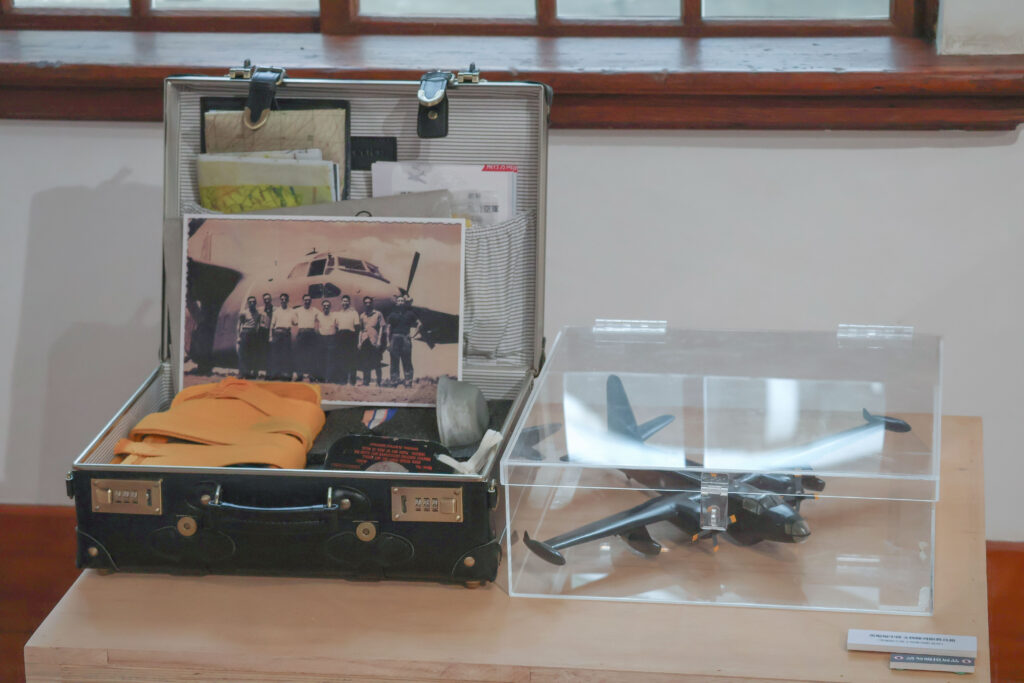

The Sparkling Crystal of Industry and Art
Thanks to its abundant natural gas and silica sand resources, Hsinchu’s glass industry began to flourish during the Japanese Rule Period. The Sparkling Crystal of Industry and Art exhibition area guides visitors through nearly a century of Hsinchu’s glass history. It features medical equipment and labware from the Japanese Rule Period, post-war lighting fixtures and animal-shaped glass beads that symbolized modern life, and the present-day Hsinchu City Glass Art Museum, transformed from the former Hsinchu Prefecture Autonomous Hall. This journey reveals the depth of the industry’s transformation and the evolution of glass craftsmanship from manufacturing to the preservation of traditional skills.

The Cultural Landmarks of Urban Revitalization exhibition area details how public buildings and industry heritage sites have been given new purpose over time. The former Hsinchu Municipal Office has been transformed into an art museum, abandoned railway warehouses have been revitalized as a railway art village, and the former Imperial Sugar Manufacturing Co. factory is now the Hsinchu 241 Art Space. These projects have transcended their original functions to become hubs for local arts and cultural development. They not only reflect the city’s evolution but also embody a powerful, locally-generated energy.
The Urban Modernization – Moving Towards a New Hsinchu exhibition area explores Hsinchu’s journey toward modernity. The Lung-en Canal, built during the Qing Rule Period, once irrigated the surrounding farmland. During the Japanese Rule Period, it was repurposed into a modern water purification channel as part of an urban renewal plan. The reservoir built for firefighting, which drew water from the canal, was the predecessor of today’s Fire Museum. Similarly, the building that housed Taiwan’s first air-conditioned theater now serves a new purpose as a museum with images and video. From providing drinking water and ensuring public safety to offering leisure and entertainment, these modernization projects fundamentally shaped Hsinchu’s new functional landscape, and their influence is still evident today.
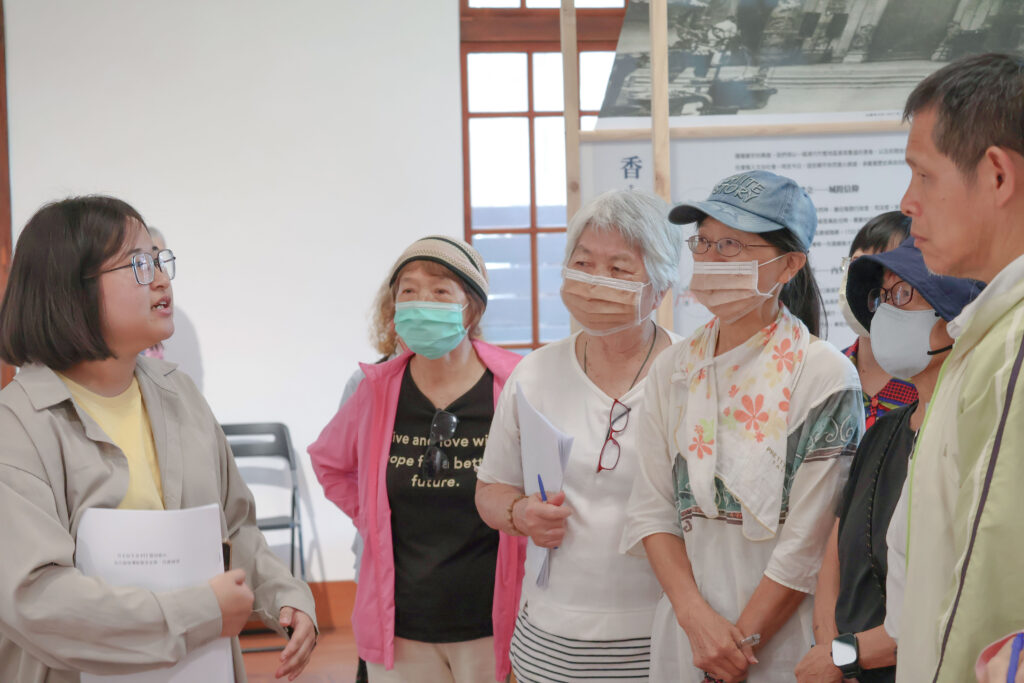

Set against the exhibition’s main visual backdrop, a city tour map connects the various museums in Hsinchu. Using the 1938 Hsinchu Municipal Office as a base map, it outlines thematic routes in the Military Dependents’ Village representing spring, summer, autumn, winter, and modern infrastructure. The map guides visitors through historic city streets, inviting them to read a century of Hsinchu’s history between the city’s very tiles. The exhibition runs until November 30. We warmly invite you to visit the Hsinchu Juvenile Prison Martial Arts Performance Hall. Come and closely examine the architectural narrative of the region and continue to write the wonderful story this land tells through the building space.
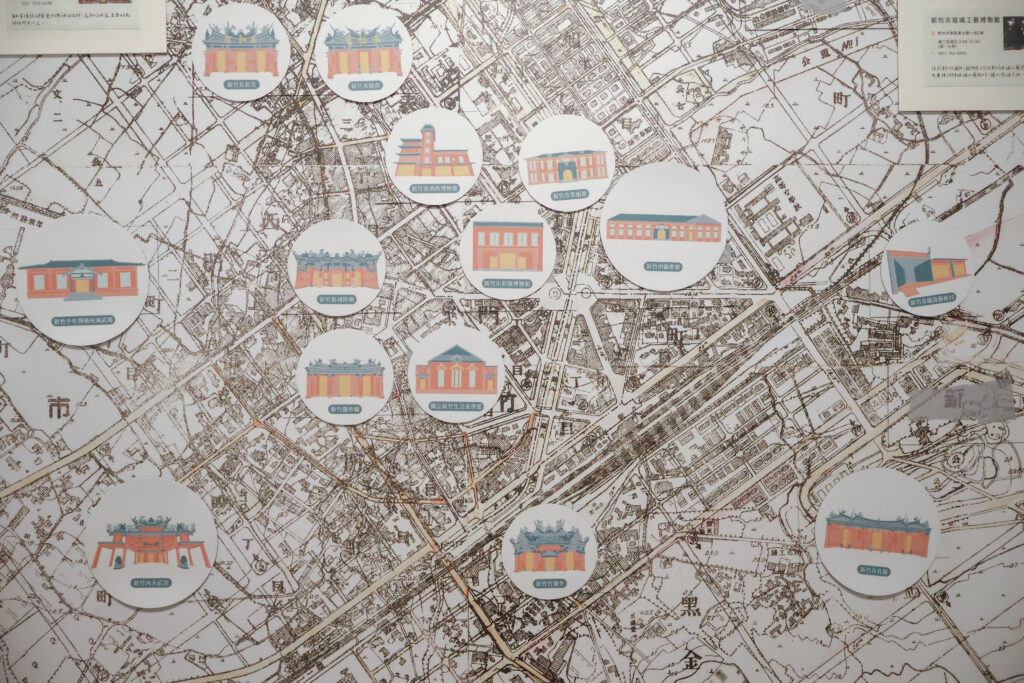
The City Wall of Learning – A Special Exhibition of the Contemporary Hsinchu City Museum
Exhibition Hall Name | Hsinchu Juvenile Prison Martial Arts Hall
Exhibition Location | No. 18, No. 20, Lane 20, Guangzhou Road, North District, Hsinchu City
Exhibition Period | 2025. 06. 10–2025. 11. 30
Opening Hours | 09:00 – 17:00 (Tuesday to Sunday)
Organizer | Hsinchu City Government
Implementing Unit | Hsinchu Cultural Affairs Bureau
Executing Unit | X-Basic Planning Co., Ltd.
Promotional Activities Execution | Grand Vision Co., Ltd
